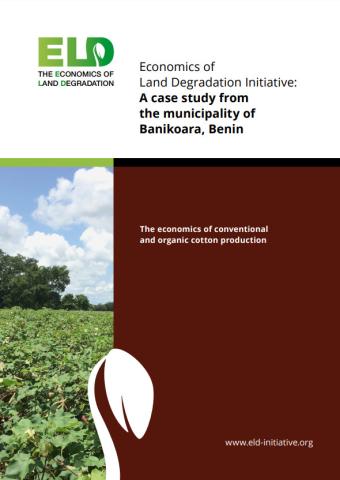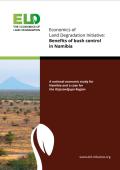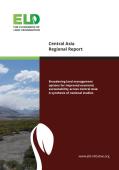
Cotton is the world’s most important non-food crop supported by a relatively stable demand on the world market. In Benin, cotton is hugely important to the national economy. The sector provides a source of income to half of its population of 8 million citizens, and accounts for 40% of foreign exchange earnings and 13% of the national GDP (MAEP 2011). However, lack of diversification has made farmers, businesses and Benin’s trade balance vulnerable to external shocks, in particular to climate hazards and global trade policies. Additionally, cotton is a controversial crop and difficult to grow: yields can be decimated by severe weather and the crop is vulnerable to pest attacks. Globally, cotton covers just 2.4% of the world’s cultivated land but uses 6% of the world’s pesticides (PAN UK). In Benin, 90% of all imported pesticides are used on cotton and there are frequent reports of pesticide poisoning, skin, eye or stomach irritation, and other health problems amongst farmers (Williamson 2010). The prominence of cotton in the Benin economy has encouraged longstanding government support for the sector and been used as a tool for poverty alleviation and development (Sodjinou et al., 2015). This is not without costs, whether to the government, the farmer or nature. Input subsidies for ‘conventional cotton production’ have also promoted overreliance on inorganic fertilisers and pesticides, as opposed to other production methods favouring crop rotations, fallow periods and use of organic manure.
Indirect consequences of single-handed support for the cotton sector include the clearance of forests and pastoral lands, causing the marginalisation of semi-nomadic pastoralists, which suffer from the loss of territory, but also from the poisoning and death of their livestock. This is a paradox in that livestock can facilitate important positive synergies in cotton production, as shown in this case study, The Economics of Conventional and Organic Cotton Production in Benin.




